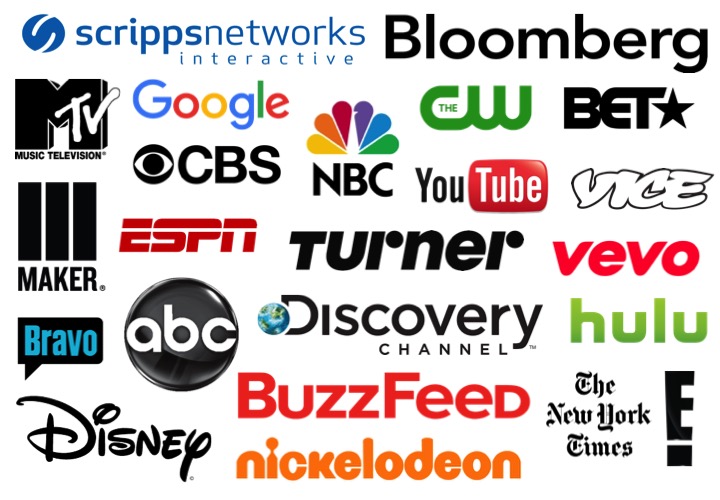Here's Why the Upfront is Upside-Down

As the Upfront season winds to a close, press reports are heralding advertisers' return to network television, spurring both volume and cost-per-thousand increases. However, there are behind-the-scenes realities that tell a more complex story. When the press reports broadcast network Upfront increases, as the Wall St. Journal did last week based on data provided by Media Dynamics Inc., none of the realities I outline below are factored into the analysis. Yes, this year's Upfront picture appears to be more robust than the past few years. But in my opinion, the data as reported is highly unreliable. Trying to get an accurate apples-to-apples read on stand-alone broadcast network television advertising economics fails to reflect today's buying and selling dynamics.
The important news is that network television advertising is stable, and the largest networks are holding their own in a hotly competitive marketplace. But it's unlikely that total Upfront market revenues will prove to be as strong as reported. In my analysis below, I share some market realities and shifts that result in this disparity.
A recent report by SMI's James Fennessy in TomorrowToday based on their study of 100 top advertisers, established that the advertisers returning to network TV and increasing their spend are primarily in the auto, financial, tech, telecom and travel categories. Advertisers that continue to spend less in TV are heavily weighted to consumer packaged goods, pharma, fashion, quick service restaurants, retail and consumer electronics.
The common denominator in the growth group is that they typically pay high comparative costs-per-thousand, compared to those in the declining group, who are among the lowest CPM advertisers. The growth advertisers are also traditionally the most likely to focus their campaigns in the highest demand programming – sports, prime time entertainment, special events, and late night. As a result, they are most likely to concentrate budgets into the Upfront when they can lock in their inventory and protect their competitive share-of-voice.
The low CPM advertisers have more flexibility, are more sensitive to economic fluctuations, and are more likely to move budgets out of the Upfront and into scatter markets. With the expansion of video media options in online, mobile, digital out-of-home, "unwired" networks and options such as those offered by Simulmedia, marketers under heavy pressure to reduce their advertising costs are opting to shift budgets away from the Upfront.
Networks have the advantage of being able to increase their reported costs-per-thousand as they sell less inventory to low CPM advertisers and more inventory to higher CPM advertisers. Their advantage is further advanced as there are fewer premium rating points available in the high demand programming due to ratings erosion, enabling networks to hold per-unit costs stable even as ratings decline. This further increases CPMs.
Because Wall St. has become so enamored of the Upfront and its supposed relevance to the financial vitality of network companies, any reported data (on and off-the-record) is carefully packaged to present Upfront results in the best possible context. NBCU and Fox are proactively packaging inventory across their broadcast, cable and digital assets. It's pretty much impossible to ascertain accurate apples-to-apples data on their Upfront results for the broadcast network vs. cable vs. digital. With packaged bundles of inventory priced on a aggregated basis to agencies, the networks have the luxury of managing their internal pricing and where they assign the actual revenues. So total volume across all platforms can hypothetically be flat or even down, while broadcast network volume can be reported as being significantly up. Several higher CPM advertisers are also consolidating their network TV budgets with fewer larger multi-platform network companies, resulting in positive volume gains for these companies while the advertisers' actual total TV spend may be down, flat or significantly less than reported.
As CPG, QSR, retail, pharma and other low CPM advertisers confront cost increases with the larger network companies, they can shift their focus to lower demand inventory available through multiple options, as noted above. In doing this, they are lowering their effective costs-per-thousand, maintaining and often increasing reach, while also reducing their total spending. Networks and media sellers on the receiving end of these budgets are able to generate overall year-to-year CPM increases for their inventory while the advertisers are paying a significantly lower cost than they were with the larger networks. It's a win-win scenario for all.


